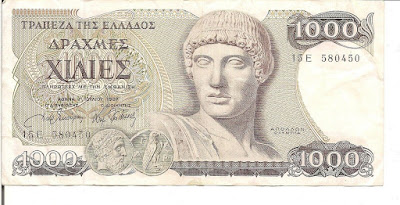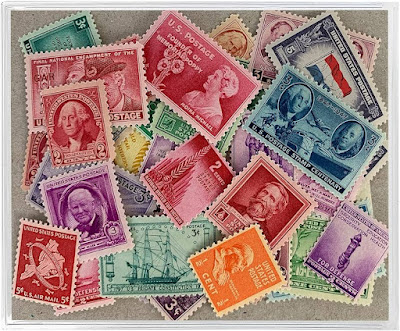The Mongolian Tugrik, the national currency of Mongolia, embodies the rich tapestry of Mongolian history, culture, and economic aspirations. Originating from the Mongolian word "tögrög," meaning "circle" or "round," the Tugrik reflects the circular shape of traditional Mongolian silver coins, symbolizing the cyclical nature of life on the steppes.
The roots of the Tugrik can be traced back to Mongolia's nomadic past, where barter and trade formed the basis of economic exchange. In the 17th century, Mongolia adopted a silver currency system, known as the "tögrög," consisting of silver coins minted in various denominations. These coins facilitated commerce among nomadic tribes and served as a medium of exchange in the burgeoning trade networks of Central Asia.
Throughout Mongolia's tumultuous history, the Tugrik evolved alongside the nation, enduring periods of conquest, empire-building, and foreign domination. In the early 20th century, Mongolia fell under Chinese influence, leading to the adoption of the Chinese silver yuan as the official currency. However, Mongolia's quest for independence in the 1920s saw the restoration of the Tugrik as the national currency, symbolizing the nation's sovereignty and resilience in the face of external pressures.
During the socialist era of the 20th century, under the influence of the Soviet Union, Mongolia underwent a series of economic reforms that shaped the trajectory of the Tugrik. The currency was pegged to the Soviet ruble, reflecting Mongolia's alignment with the Eastern Bloc and the principles of central planning. However, the collapse of the Soviet Union in 1991 precipitated a period of economic upheaval and transition for Mongolia, as the country embarked on a path of democratic reform and market liberalization.
In the years following the transition to a market-based economy, the Tugrik faced challenges including inflation, currency devaluation, and fluctuations in global commodity prices. Despite these obstacles, Mongolia's commitment to economic diversification and foreign investment has bolstered confidence in the Tugrik, ensuring its stability and resilience in the face of external shocks.
Today, the Mongolian Tugrik remains a symbol of Mongolia's economic progress and cultural heritage, with its value influenced by factors including inflation rates, foreign exchange reserves, and global economic trends. While fluctuations in the Tugrik's value are not uncommon, Mongolia's efforts to promote fiscal discipline and sustainable development have contributed to the currency's stability and long-term viability in the global marketplace.
As Mongolia continues its journey of economic development and modernization, the Tugrik stands as a testament to the resilience, adaptability, and entrepreneurial spirit of the Mongolian people, reflecting their enduring commitment to building a prosperous future for generations to come.

.jpeg)
.jpeg)
.jpeg)
.jpeg)
.jpeg)
.jpeg)
.jpeg)














.jpeg)
.jpeg)